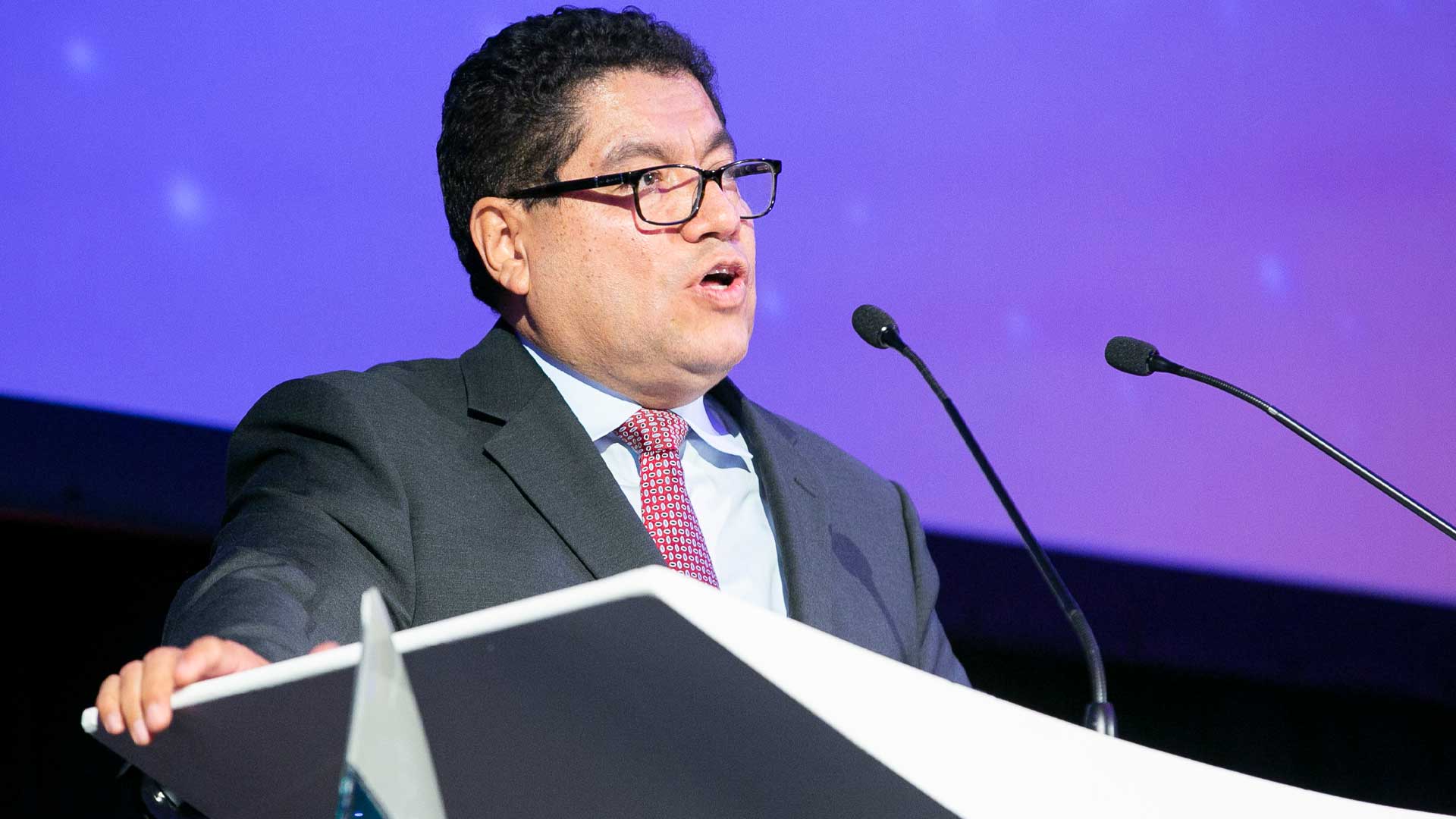CME was a member of the STEM advisory panel that helped shape the final report.
CME chief executive Paul Everingham said it was good to see the government acting on an area that the resources sector has long identified as needing a clear strategy and collaboration between government, industry and the education and training sectors.
“The skills that students need to be able to be actively engaged in the workforce of the future are evolving. It’s predicted that today’s students will have on average 17 jobs, across five different careers. That’s why we need an education and training sector that is agile and innovative,” said Mr Everingham.
“As the resources sector and broader economy continue to transition to a knowledge based, high-skill economy, it is critical for industry and government to work together so that Western Australians are equipped with the right skills to grow the State’s economy and participate in our future workforce.”
Mr Everingham said that the resources sector is already a leader in STEM and proactive in the education and training sector. Rio Tinto has committed $2 million to partner with South Metropolitan TAFE to develop a new curriculum focused on jobs around automation and technological advancements for the mining industry.
“Industry engagement with schools is crucial to the success of this strategy, so that students have real-world skills that make them job ready. It’s also pleasing to see that the strategy focuses on encouraging more women to study STEM subjects and reducing barriers for them to enter the workforce,” Mr Everingham added.



